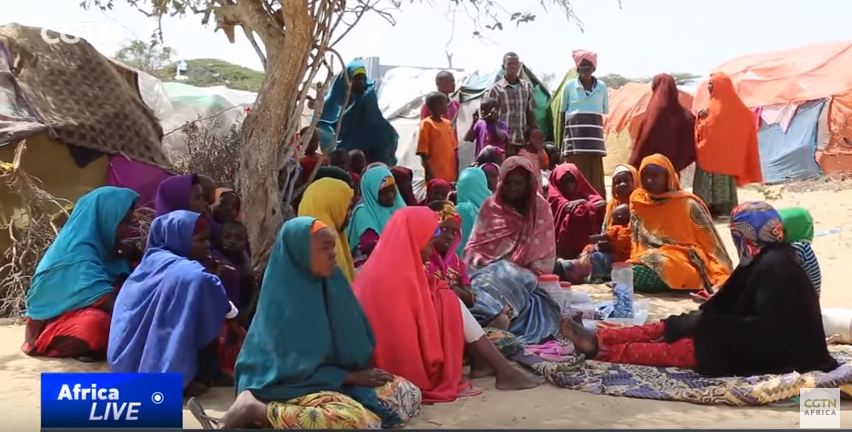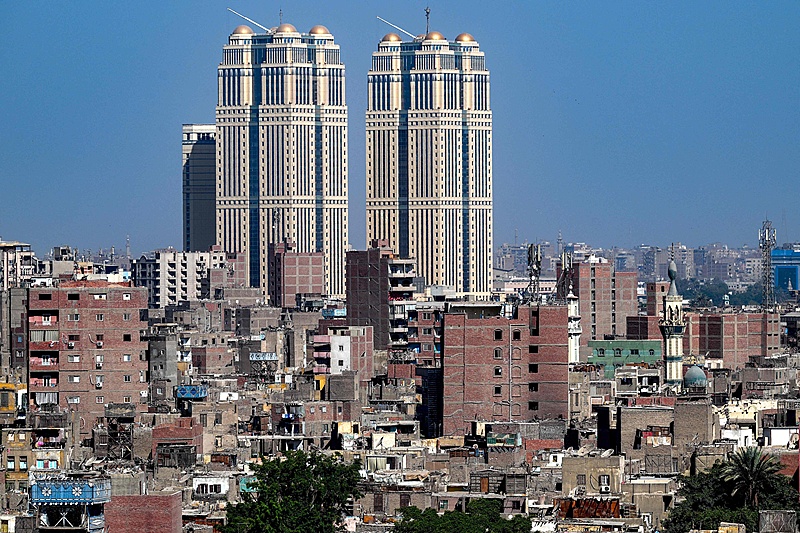
U.N. appeals for US$ 1.6 bln to protect 5.4 mln Somalis from drought

The agency acknowledged the strides taken in 2017 to ensure famine was averted in the country, though it said long-term solutions for drought, conflict and displacement must still be found.
“I am proud that we averted a possible famine last year. Lasting solutions […], however, out of our reach, and much more must be done to eliminate the looming threat of famine in this country,” the Humanitarian Coordinator for Somalia, Peter de Clercq, said in the Somali capital, Mogadishu.
De Clercq called for tackling of humanitarian needs simultaneously with a focus on long term solutions.
“If we do not continue to save lives and in parallel build resilience, then we have only delayed a famine, not prevented one,” he said.
The U.N. Office for the Coordination of Humanitarian Affairs (OCHA) said the plan prioritizes immediate relief operations in areas with significant numbers of people living in crisis and emergency situations. It also includes a strategy to address protection gaps for those most vulnerable, such as the internally displaced, women and children.
In 2017, displacement in Somalia reached unprecedented levels, with food security needs nearly doubling the five-year average.
The number of Somalis on the brink of famine has grown tenfold since this time last year. An estimated 1.2 million children are projected to be malnourished in 2018, 232,000 of whom will face life-threatening severe acute malnutrition.






